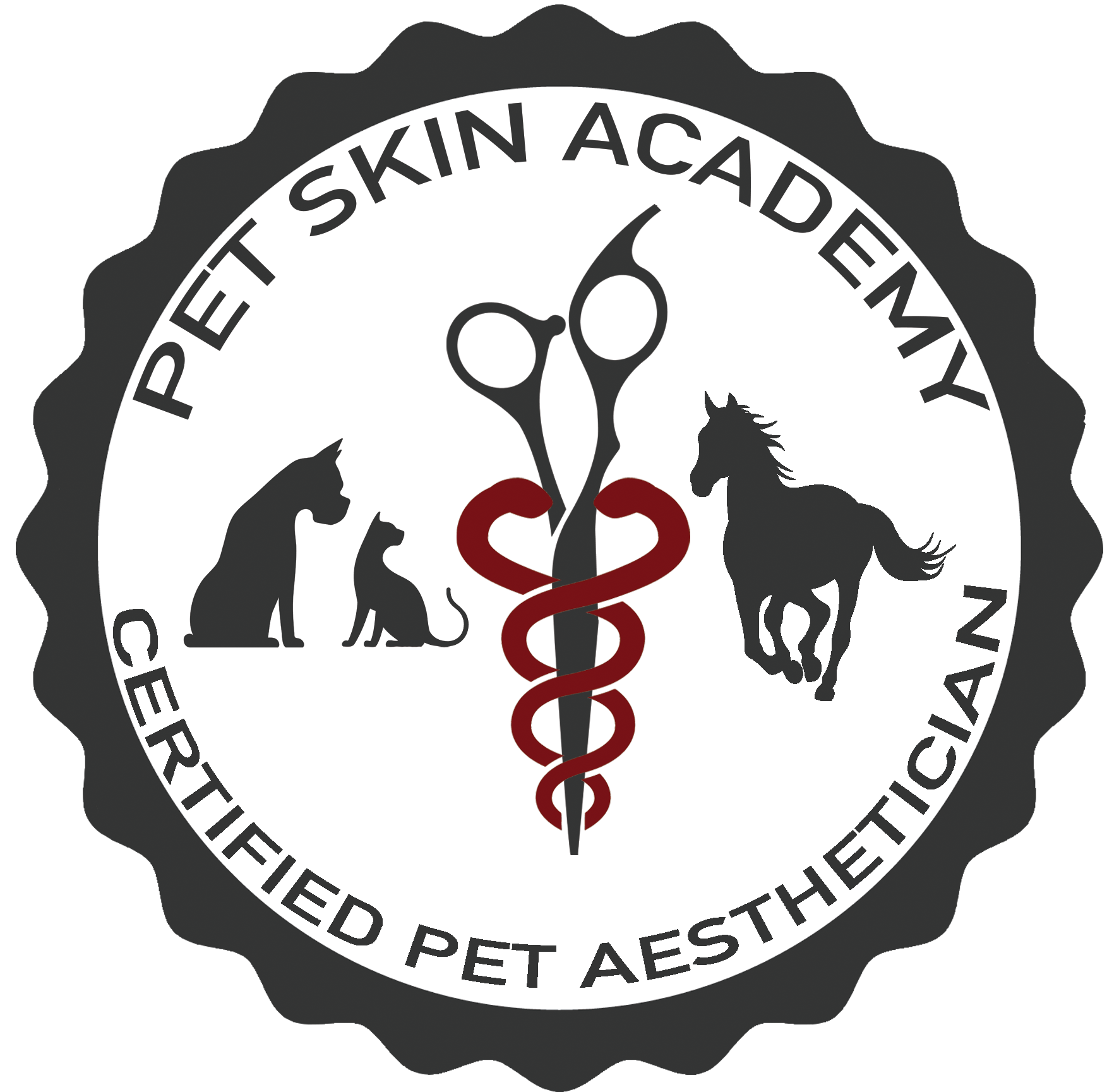
Understanding Your Liquid Tools
Understanding Your Liquid Tools
We use a variety of products in grooming, but do we always know what they do, and are we using them in the correct situations? The most probable answer is that, in most cases, we do. However, having a thorough understanding of the science, technique and proper use of grooming products can be life changing. It allows us to work smarter, not harder.
Let’s start with shampoos. Their primary purpose is to clean. They do this by grabbing dirt and removing oils. Think of dish soap (a detergent); it’s designed to remove oil and grease from dishes and pans. The same basic principle applies to skin.
The amount of oil removed depends on the harshness of the product. Only a thin top layer of oil needs to be removed, because dirt and debris on the skin are lighter than the skin’s natural oil and tend to remain on the surface. Therefore, mild detergents are usually sufficient.
Harsher or more aggressive detergents—such as dish soap or degreasing shampoos—can strip away too much of the oil layer, leading to dry skin or even overproduction of oils, which can leave the pet greasy in a short time. This is common in breeds like Basset Hounds and Yorkies, as well as in cats. Many groomers have experienced the dry skin effect on their own hands after a day of bathing pets.
The average shampoo is designed to clean, but we also have “specialty” shampoos that contain ingredients to kill bacteria, fungus and parasites, and even stimulate hair growth. However, not all shampoos can do all these things. If you need to target a specific issue, make sure you’re using the right shampoo for the job.
The second product we commonly use is conditioner. This is a much more diverse group of products, and how and when you use them can significantly affect your results. Conditioners come in two main types (some products contain both): emollients and humectants.
The primary reason for conditioning is to replenish the oils that were removed by the shampoo. If we fail to do this, we leave the skin and hair in a compromised state, making them more prone to dryness, itching and eventual infection.
An emollient is a conditioner that consists of fats and oils. It forms a barrier on the skin that prevents moisture from escaping, but it also blocks moisture from entering. It is important to understand that oil and water don’t mix, so you cannot hydrate with an oil.
If you apply an emollient to dry skin or hair, it will form a barrier and simply trap the dryness in. Using the example of the bather’s hands, once the barrier of the emollient forms (just sitting on the surface) the next bath will strip off the oils and potentially leave the hands even drier.
In contrast, a humectant works to hydrate the tissue and hair. Unlike emollients that remain on the surface, humectants are absorbed by the skin and hair, drawing moisture in, much like a sponge soaking up water.
Returning to the bather example, the first bath of the day will help hydrate the hands. The second bath might remove some oils, but only a small amount of the hydration (sponge effect). Then, when conditioning the second pet, the hands absorb even more hydration. As a result, at the end of the day, the bather’s hands will feel better than when the day began.
It’s also important to understand that since most pets have hair as their first line of defense, their skin is often more sensitive to irritation or dryness. Pet skin is about six to eight times more sensitive than human skin (which relies on calluses and thickened layers for protection). Dry skin in pets often leads to itching, which is frequently misdiagnosed as allergies. Hydrated skin, on the other hand, is healthy skin.
Once we understand how these products work—especially conditioners—we can use them more effectively to make our lives easier. If we have a pet with dry skin, we know we need a humectant to replenish moisture and then an emollient to help retain it. As previously mentioned, many products contain both types, but not all do.
A common question I get is, “What ingredients should I look for to tell the difference?” Unfortunately, reading ingredient lists is only minimally helpful. Without knowing the quantities (which are proprietary), it’s hard to draw conclusions just by scanning the label.
The best way to evaluate whether a product has humectant properties is by testing it on your hands or your pets. However, your hands may be your best judge. Are they better at the end of the day after bathing pets?
Let’s take a look at one specialized technique—conditioning-shampoo-conditioning, which is often used to break up skin debris and dander, or during a de-shedding process. The type of conditioner you use here matters. The first conditioning step is designed to break down old sebum (not degrease it) so it can be removed during shampooing.
If we understand that oils break down oils, then we know we need to use oils to break down skin debris. But if the debris is dry, we must include humectants to hydrate it. Without the humectant, the oil (emollient) sits on the surface and has little to no effect.
Oil density also plays a role. A heavy oil, such as coconut oil, may not penetrate well, while a lighter oil, like avocado oil, tends to be more effective. And remember—this is a process that takes time. If you apply a product and rinse it off before it has time to work, you shouldn’t expect great results.
In summary, understanding your grooming products and using them strategically is a game-changer. Selecting the right product—just like reaching for the right tool when building something—is essential to achieving the best results.


